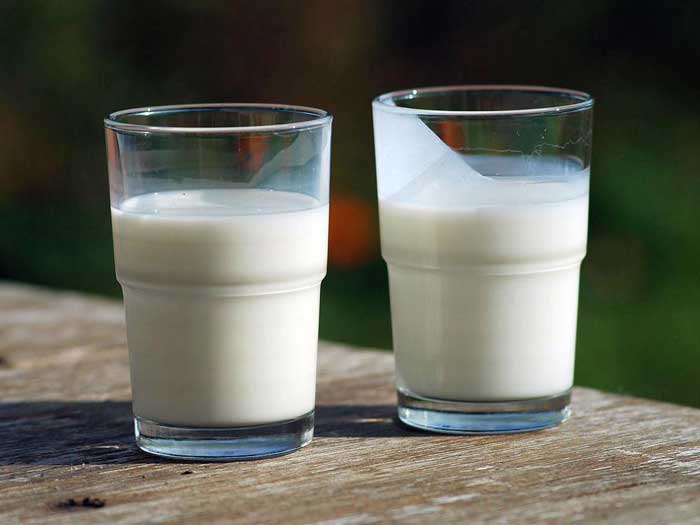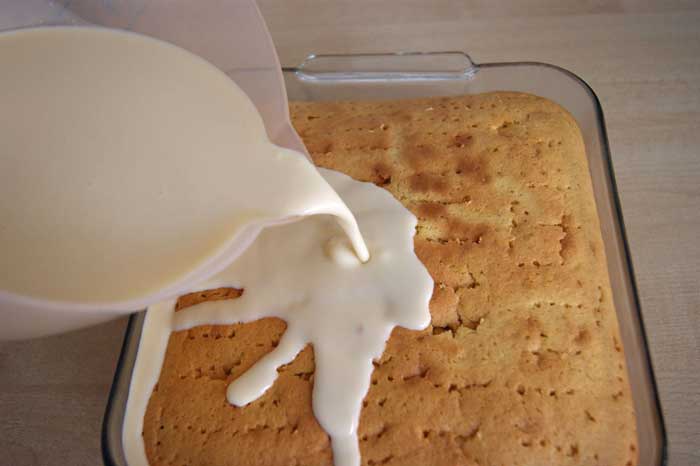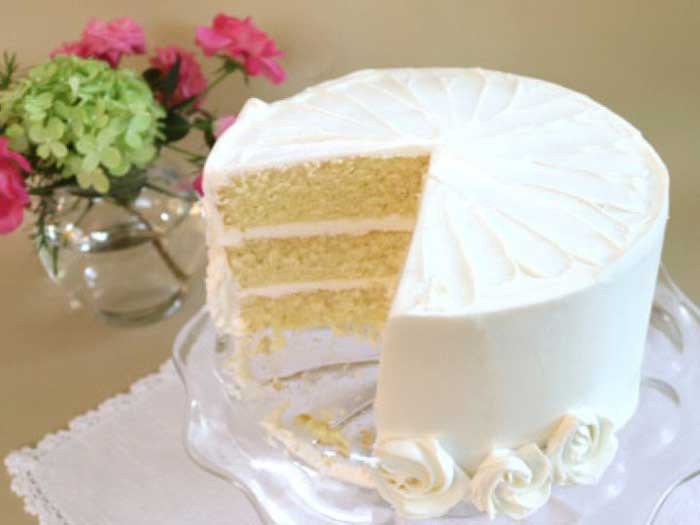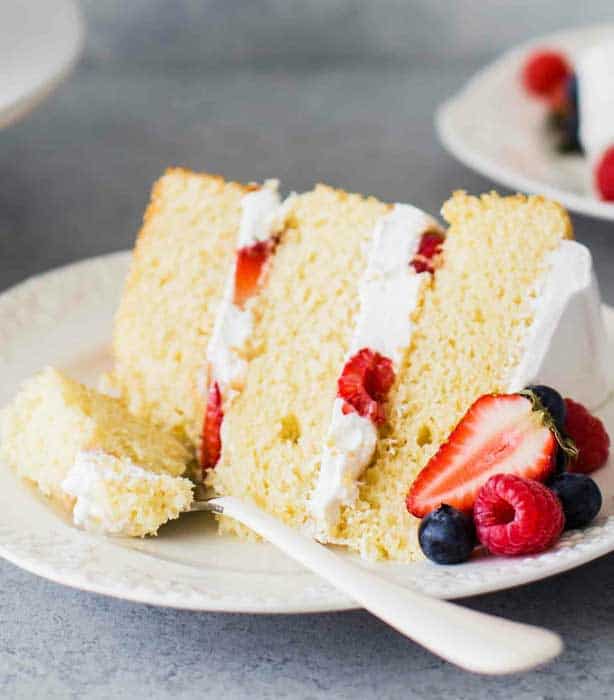The key difference lies in the inclusion/exclusion of lactic acid in the two dairy products. However, are the two really interchangeable? What makes them better than the other, and who wins the battle of buttermilk vs. milk in cake? Stay with us till the end to find out all the answers.
We present to you an elaborate discussion on the two dairy products. The purpose is to help you understand how each of them reacts to the typical workflow of a baker. Let’s dive in to know all about it.
Milk
Milk needs no introduction, as it’s almost always the first fluid that a child drinks. Since the beginning of civilization, our ancestors have been farming livestock for their meat and dairy needs. Today milk is used for a lot of foods starting from desserts to full course meals. Not to mention yummy cakes!

Baking requires a specific blend of moisture and ingredients for a perfect outcome. Milk is not just useful in the taste factor of baked goods. Rather quite detrimental in moisturizing the dry ingredients as well. Lactose also affects the color and flavor of the cake that everyone is so fond of.
To sum it up, the amount and type of milk you use in baking your cake makes a crucial difference in the end product. Thanks to milk, we can now fine-tune our dough consistency according to our preference.
Buttermilk
Buttermilk is just milk with some added acidic properties. The flavor that it gives birth to is the favorite of many bakers worldwide. It plays a significant role in moisturizing and flavoring the cakes to the right amount. But to carry out a perfect flavor infusion, precision in quantity and the presence of baking soda is crucial.

Basically, the buttermilk softens the raw materials and makes the baked good even more tender. What’s nicer than bread that has the appropriate flavor equilibrium?
Many chefs will tell you that buttermilk is the evolution of milk in recipes, but that’s necessarily not the case. It’s just an alternative that leads the recipe to a very different outcome. Our next section is dedicated to helping you scrutinize which one suits your cooking style best.
Buttermilk vs. Milk in Cake: When to Use Which?
In a perfect world, our contenders can be used interchangeably upon one’s wish. That’s partially true.

While that’s a good thing, it also makes the baking process a little more intricate. Let’s dive into why one of them reacts differently than the other.
Composition and Nutrition
Buttermilk and milk are both rich in Calcium, Magnesium, and Copper. Apart from that, they are more or less equal in minerals. However, an additional feature in the buttermilk is the lactic acid that makes it churn.
Since buttermilk is always comparatively more processed than raw milk, the latter’s vitamin values are always higher. If you’re someone who lives by a low-calorie, low-fat diet, then buttermilk should be your pick.
Uses
You may use your buttermilk to give your cakes a deeper color as opposed to milk. But if you want a subtler taste in your baked goodies, then make sure to use milk instead. Remember that the crust of milk-made cake is generally thicker. So you can count the two ingredients as separate approaches to different textures.

Buttermilk is for recipes such as pound cakes. Any heavy baked body will turn out perfect if the baker uses buttermilk. But if you’re making a regular sponge cake or some cupcakes for home, then our standard milk (whisked) will do the job.
Taste
Buttermilk, due to the presence of lactic acid, tastes quite different from milk. If you’ve never tasted the difference, try using skimmed milk as a reference point.

You will notice that the buttermilk is much richer in flavor and has low-fat properties. As a result, cakes made out of milk will melt in your mouth faster than those made out of buttermilk. That’s not necessarily a taste-based feature, but it’s a part of the bigger picture that only experienced bakers can relate to.
Reaction to Other Ingredients
This is the only factor where the two finally shows some similarities. They have nearly the same reaction on dry ingredients, which is to moisturize them and make the baking process seamless.
If you want a more delicate texture in your cakes, try going for buttermilk as it whips easy. But if you’re going for the coarse baked delights, then whipped milk should be your pick.
Choose Reasonably, Not Whimsically
As far as value for money is concerned, milk is always the winner. Why? Well, that’s because buttermilk is relatively more expensive. Some buttermilk manufacturers will actually profit twice their production costing, making it quite pricey in some regions. But we can’t deny the flavor boost it brings in cakes!
Use the one that your recipe asks for. Remember that one contender is not better than the other in the battle of buttermilk vs. milk in cake. It’s just a matter of what you’re looking for in a cake.

